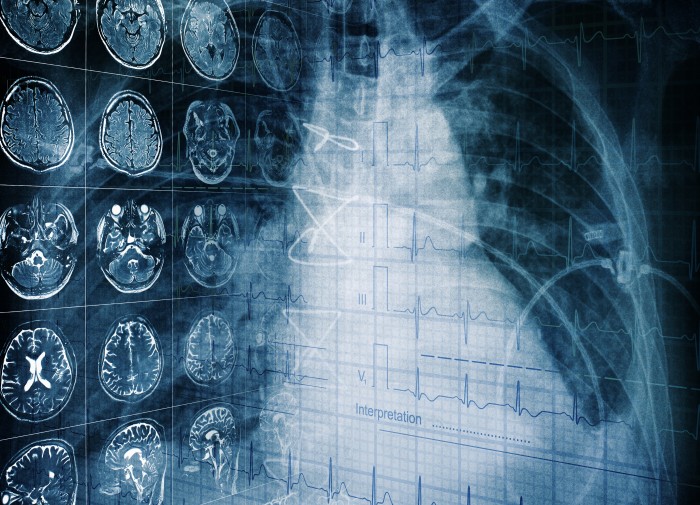Hospital Contrast Dye Shortage Results in Rationed Medical Imaging Care
Hospitals worldwide are navigating a COVID-related iodinated contrast dye shortage, resulting in rationed medical imaging care.

Source: Adobe Stock
- In the United States and worldwide, hospitals are experiencing a shortage of critical iodinated contrast media — also called contrast dye — a nontoxic, contrasting agent that radiologists use to visualize organs and tissues in medical imaging such as computed tomography (CT) scans, X-rays, and magnetic resonance images (MRIs).
As a result, some healthcare facilities are conserving and prioritizing the use of this contrast dye until supply chain issues are resolved.
"We had to triage and limit the use of contrast dye to only critically ill patients that had to have contrast dye to either establish a diagnosis or to guide a lifesaving or a limb-sparing treatment," Phil Johnson, MD, clinical service chief of radiology at the University of Kansas Health System, told CBS News.
The dye shortage is attributed to a government-mandated COVID shutdown in Shanghai, China, where most of the contrast dye is manufactured and subsequently distributed by GE Healthcare and Bracco.
Johnson explained that the shortage is concerning because certain life-saving procedures aren’t performable without contrast dye.
"We can do a CT scan without contrast. It may not be quite as good, but we can still get valuable information. We can do other imaging studies like MRI scans or ultrasound scans. But if somebody has a heart attack or if somebody has a stroke, the only way you can get into the blood vessel with a catheter, into the heart or the brain, is to inject X-ray dye to identify the clot," he added.
The American Hospital Association recently issued an advisory to members to provide supply conservation resources for intravenous contrast media products, iohexol (Omnipaque) and iodixanol (Visipaque).
Because the dye production is expected to be delayed until at least late June, doctors and healthcare workers are reserving the dye supply for emergency and critical care only, meaning elective scans and non-emergency procedures may be delayed or rescheduled until supplies return to normal.
